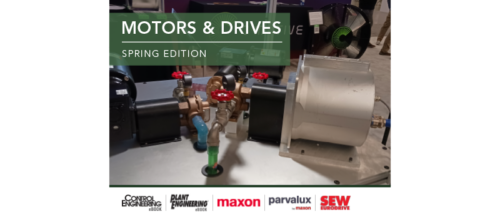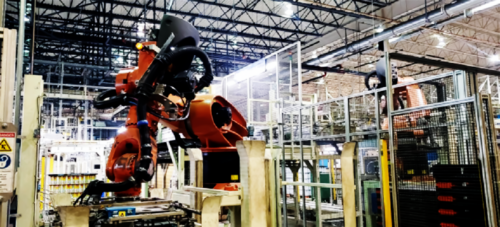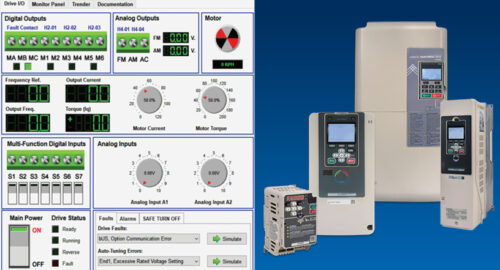Three major VFD trends
Variable frequency drive (VFD) development is shifting focus away from general-purpose motor controls that are already meeting market demands toward reduced installation costs. Consider industrial VFD installation time, VFD installation space and VFD harmonics.
More than 40 years ago, transistor-based variable frequency drives (VFDs) quickly demonstrated their ability to save energy and improve process control. Successive VFD generations improved motor-control performance, became smaller, and minimized installation time. VFD development is shifting focus away from general-purpose motor controls that are already meeting market demands toward one remaining constant market driver: reduced installation costs.
Saving time with industrial VFD commissioning
To minimize commissioning time, VFDs are being designed and built for individual industries. Out-of-the-box VFDs are programmed with industry-specific terminology, parameter defaults are customized, new functions created, and unneeded features are cut away. VFDs also are being programmed with industry-specific setup wizards to guide the installer through the typical steps needed to run a drive (see image).
These software features are designed to minimize the installer’s time in front of a drive at the job site to reduce commissioning costs. A second benefit of creating industry-specific drive features is to minimize the time required to train drive installers by making drive setup intuitive and easier.
Saving space with industrial VFD applications
Open-type and NEMA 1 VFD enclosures are still the staple of VFDs manufactured in the Americas. They are commonly mounted to a machine, facility wall, or added to another enclosure with a higher environmental protection rating. However, NEMA 12 (IP54) and NEMA 4/4X (IP66) VFDs are rapidly gaining popularity, particularly in fan and pump applications where the application controls now reside in the VFD’s software rather than external logic.
They are smaller and weigh less than VFDs mounted in another enclosure. They also minimize overall component count by minimizing wire, terminal blocks, and additional cooling. Engineered drive packages with branch circuit protection, power conditioning devices, and control input/output (I/O) still have a firm place in the industry, but enclosures will continue to become more specialized and cost effective.
Mitigating VFD harmonics
Meeting IEEE 519-2014: IEEE Recommended Practice and Requirements for Harmonic Control in Electric Power Systems current harmonic requirements has become a focus in Pacific coast states and has been slowly moving eastward. Mitigating current VFD harmonics increases installation costs from the equipment owner’s perspective; the cost savings comes from the power utility’s side. Reducing current harmonics has become so important to utilities that many offer rebates to help offset higher VFD costs. This is perhaps the area of greatest change in the VFD marketplace over the past five years. Conventional low-harmonic VFD topologies, such as 18-pulse rectifiers and harmonic filters, are being displaced by a wide array of active switching topologies that are more efficient, consume less space, and easier to install.
VFD manufacturers are evolving their products and adding a multitude of VFD features, but the primary purpose of a VFD is to save the owner money. VFDs that continue to reduce total cost of ownership (TCO) will continue to dominate the markets.
Jason Wellnitz is a product manager at Yaskawa America Inc. Edited by Jack Smith, content manager, CFE Media, Control Engineering, jsmith@cfemedia.com.
MORE ANSWERS
KEYWORDS: Variable frequency drives, VFDs
Key concepts
- To minimize commissioning time, VFDs are being designed and built for individual industries.
- Open-type and NEMA 1 VFD enclosures are still the staple VFD manufactured in the Americas.
- Mitigating current VFD harmonics actually increases installation costs from the equipment owner’s perspective; the cost savings comes from the power utility’s side.
CONSIDER THIS
Are reduced installation costs shifting your focus away from general-purpose motor controls in favor of VFDs?
Do you have experience and expertise with the topics mentioned in this content? You should consider contributing to our CFE Media editorial team and getting the recognition you and your company deserve. Click here to start this process.





